中國出版過大文豪雨果的畫選集。
Victor Hugo’s Drawings
February 26, 2015 | by Dan Piepenbring
Victor Hugo wrote poetry, novels, and drama—more than enough for any mortal—but he also made some four thousand drawings over the course of his life. He was an adept draftsman, even an experimental one: he sometimes drew with his nondominant hand or when looking away from the page. If pen and ink were not available, he had recourse to soot, coal dust, and coffee grounds. He didn’t publish his drawings for fear they would distract from his projects as a writer; instead, he drew for family and friends. His son, Charles, wrote of his process,
Once paper, pen, and inkwell have been brought to the table, [he] sits down and—without making a preliminary sketch, without any apparent preconception—sets about drawing with an extraordinarily sure hand: not the landscape as a whole, but any old detail. He will begin his forest with the branch of a tree, his town with a gable, his gable with a weathervane, and little by little, the entire composition will emerge from the blank paper with the precision and clarity of a photographic negative subjected to the chemical preparation that brings out the picture. That done, the draftsman will ask for a cup and will finish off his landscape with a light shower of black coffee. The result is an unexpected and powerful drawing that is often strange, always personal, and recalls the etchings of Rembrandt and Piranesi.
His drawings are collected in a 1998 book, Shadows of a Hand. Here are a few more:
Dan Piepenbring is the web editor of The Paris Review.

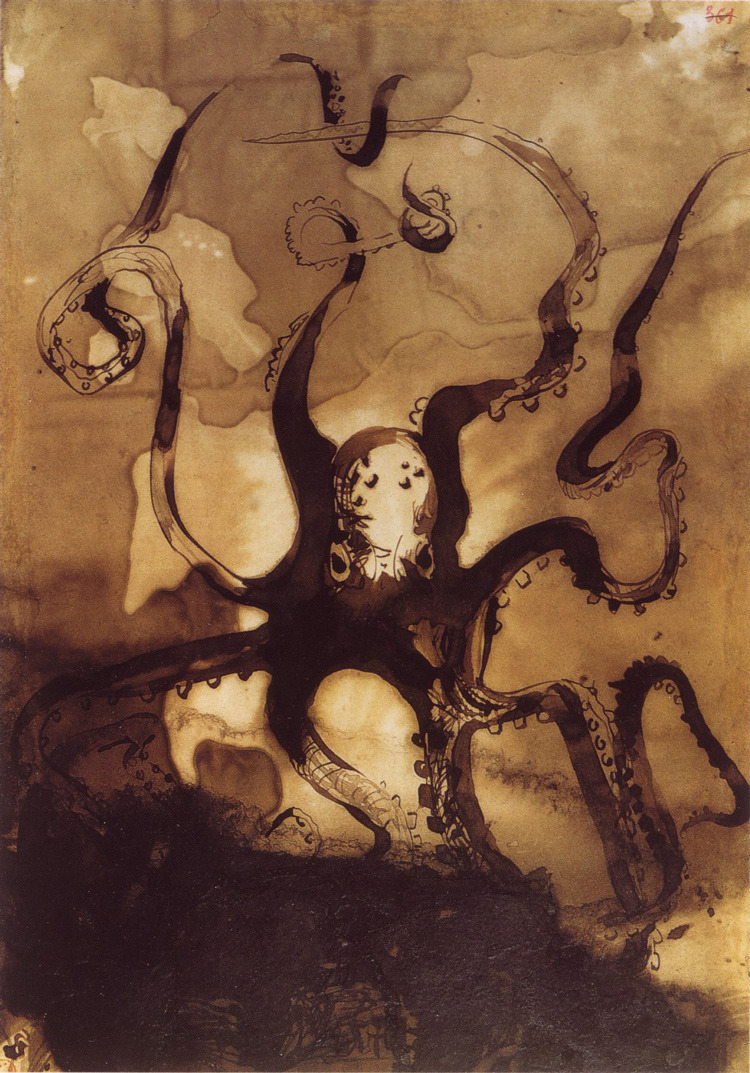
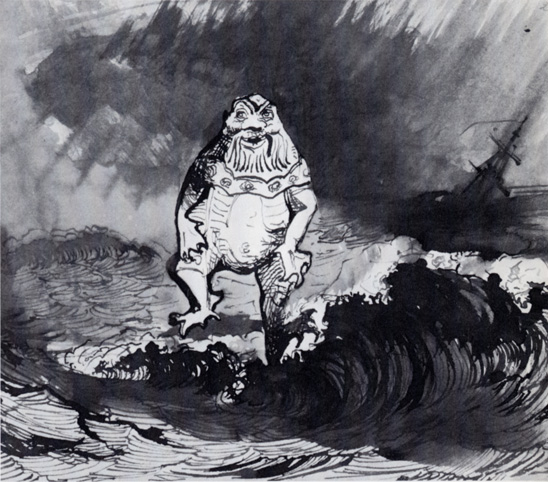
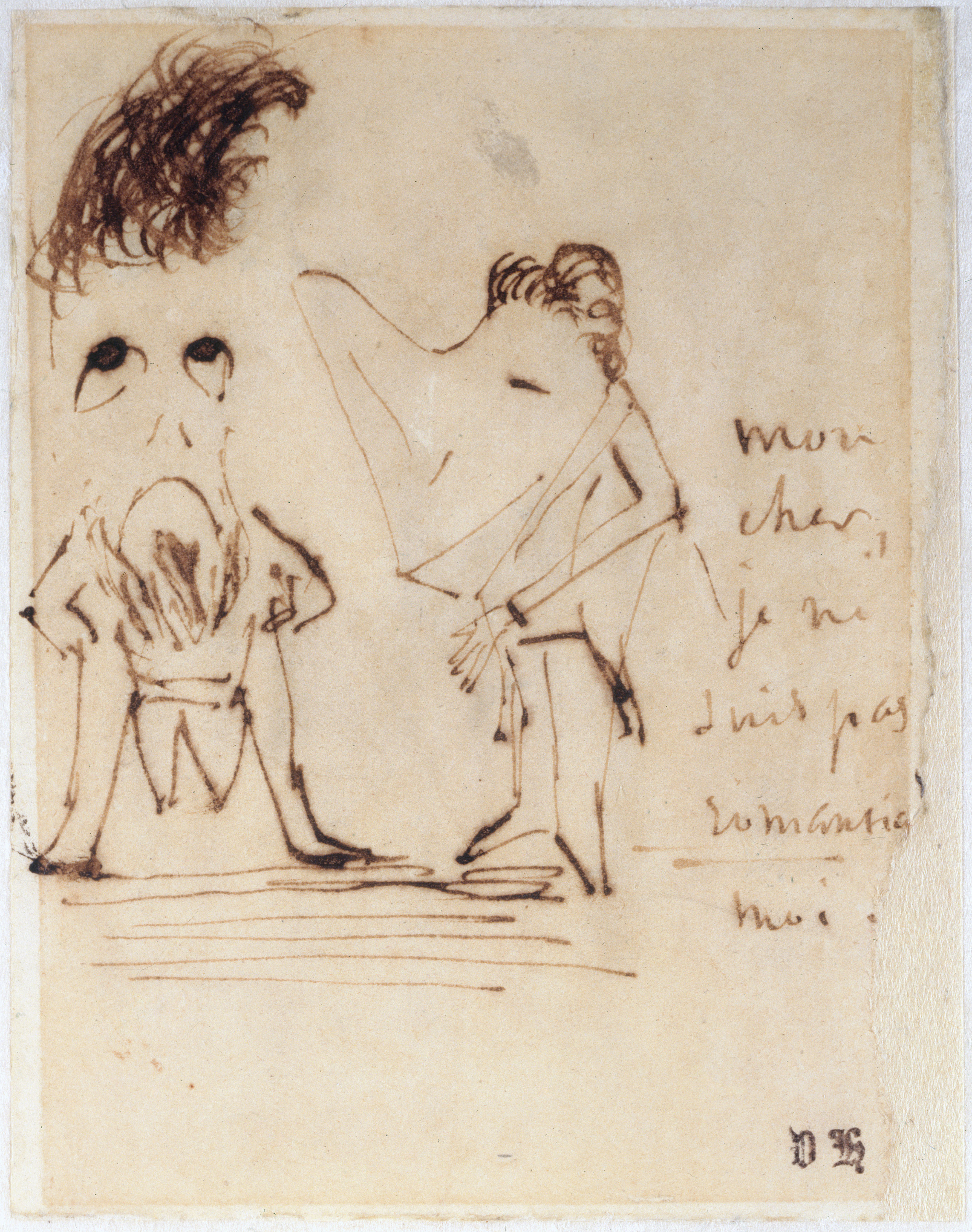
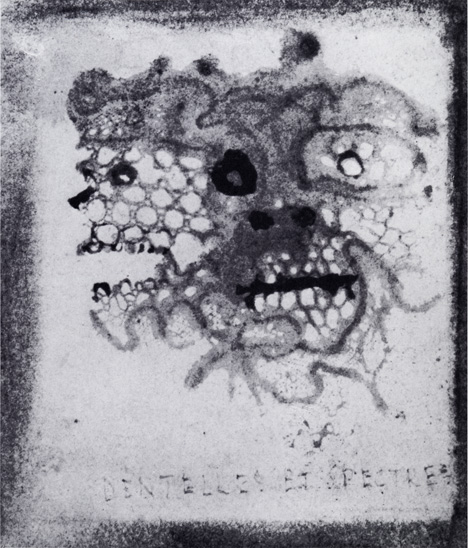
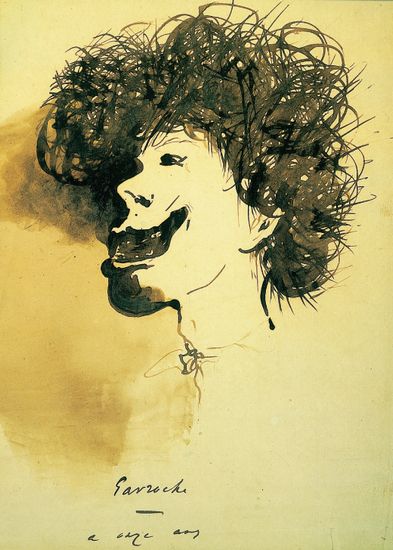
沒有留言:
張貼留言